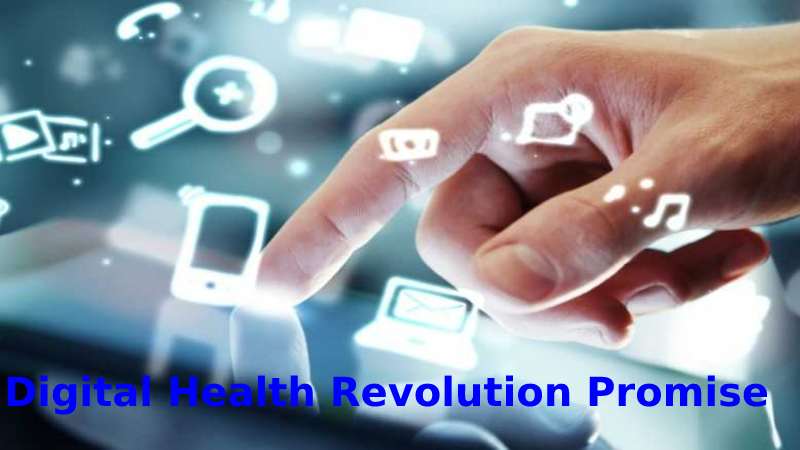Table of Contents
Digital Health Revolution Promise
Digital Health Revolution Promise – In recent years, the healthcare sector takes exploded in the digital world, seemingly every major player dipping a toe into the water. Yet, while the headlines and downloads have been abundant, the question remains: can digital health improve healthcare, let alone a user’s health, or is it just empty calorie counters that won’t produce results?
A cursory investigation into many of these apps, including the ones released by Apple and Google, reveals that some of them track data. In contrast, others offer diet, exercise, or general well-being advice. Yet, they are working in concert to propel health and wellness into becoming one of the most booming sectors online.

It’s still early, but are we on the precipice of a health and healthcare reinvention that could have a global impact?
The 5 Ps of Digital Health
The digital revolution moves two significant areas in the healthcare industry: big data and eHealth (digital tools applied to healthcare).
Digital healthcare consists of 5 primary principles, the 5 Ps:
- personalized
- predictive
- preventive
- participatory
- pertinence
Algorithms are now at the core of medical policy, but the real innovation is user feedback. Users participate and cooperate permanently. Action becomes personalized, predictive, and preventive thanks to appropriate solutions based on the knowledge provided by big data. Healthcare remains assessed, rendering to different criteria, but from the patient’s perspective, the matter finally boils down to the pertinence of the cure history.
Healthcare befits both predictive and preventive, thanks to data often made by the patients. As a result, medicine will be better able to predict the risk of developing a disease. Population segmentation and treatment and prevention programs will also remain improved. With the exploitation of health data, medicine can expect before preventing — in other words, target the people who need a specific defensive measure.
Fitbit
Apps and wearables designed to provide health insights have been around for years. However, Fitbit was the first to cross the threshold into brand recognition. Fitbit helps users reach their fitness goals by tracking activities ranging from steps to sleep. It has been credited with starting the digital health movement and is still popular among both health enthusiasts and casual users.
Apple & Google Fit
Always a player in anything digital, Apple launched an app that aims to help users live a healthier life. It collects and consolidates data, allowing users to track their progress and learn about other relevant apps. Like many Apple products, it remains designed to be a hub for all things health-related. Predictably, Google has brought a health app to market. This app easily tracks a user’s activity, including more rigorous exercise. It separates itself from other apps by providing instant insights and customizing the physical activities you enjoy.
With the arrival of Apple and Google, interest — and downloads — will rise precipitously. It further proves that digital health has moved beyond the “gaining momentum” stage.
Bigger Implications
The digital health movement could have real-world implications, the opposite of other apps that offer more inane benefits. Yelp, for example, has value but doesn’t change the world beyond helping users find the best falafel in a city.
Apps like Google Fit could improve North America’s overall health, lowering the reliance on healthcare and decreasing the number of people with diseases like diabetes. Further iterations of these apps could streamline healthcare or provide more knowledge and options to users. However, there’s a danger of market saturation for fitness trackers, so the key will be for companies and developers to find a way to enhance their offerings.
Conclusion:
Digital Health Revolution Promise – Regardless, these apps will play a vital part in finding cures for today’s diseases and preventing tomorrow’s next health epidemic, including mental health.

